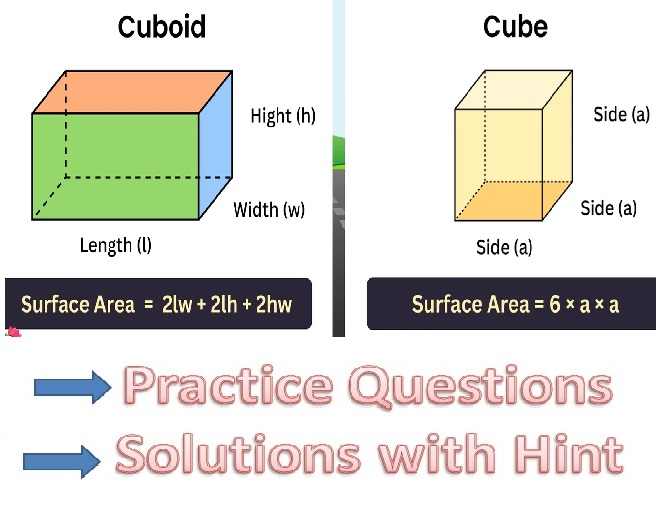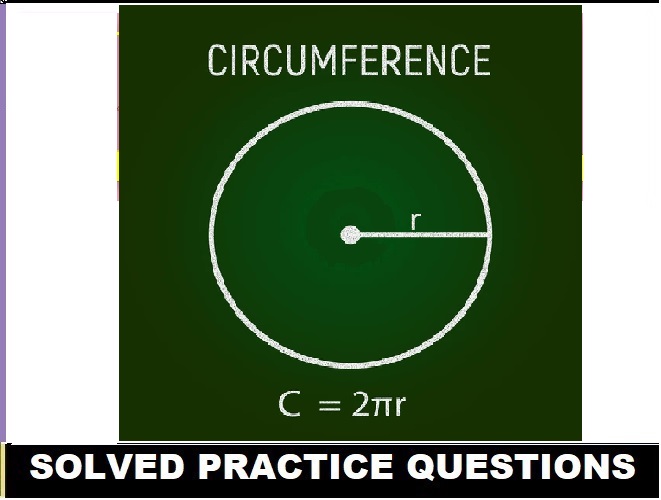Atmospheric Pollution Exe-8D Short Answer Chemistry Class-9 ICSE Selina Publishers Solutions Chapter-8. Step By Step ICSE Selina Concise Solutions of Chapter-8 Atmospheric Pollution with All Exercise including MCQs, Very Short Answer Type, Short Answer Type, Long Answer Type, Numerical and Structured/Application Questions Solved . Visit official Website CISCE for detail information about ICSE Board Class-9.
Atmospheric Pollution Exe-8D Short Answer Chemistry Class-9 ICSE Concise Selina Publishers
| Board | ICSE |
| Publications | Selina Publication |
| Subject | Chemistry |
| Class | 9th |
| Chapter-8 | Atmospheric Pollution |
| Book Name | Concise |
| Topics | Solution of Exercise – 8D Short Answer Type (Ozone) |
| Academic Session | 2023-2024 |
D. Exercise – 8D Short Answer Type
Atmospheric Pollution Class-9 Chemistry Concise Solutions
Page-145
Question 1.
What is a pollutant ?
Answer:
Toxic and otherwise harmful substances which have an undesirable impact on different components of the environment and life forms are known as pollutants.
Question 2.
What do you understand by ppm ?
Answer:
ppm is parts per million, i.e. share in 1,000,000.
Question 3.
State an advantage of CNG (Compressed Natural Gas).
Answer:
Using CNG causes less pollution. It does not contain lead, and it has low maintenance cost.
Question 4.
State how CFCs break ozone layer.
Answer:
CFCs are decomposed by ultra-violet rays to highly reactive chlorine, which is produced in its atomic form.
CF2Cl2 (g) → Ultraviolet rays CF2Cl (g) + Cl (g) [free radical]
This free radical [Cl] reacts with ozone forming chlorine monoxide.
Cl(g) + O3(g) ⟶ ClO (g) + O2 (g)
This causes depletion of ozone, and chlorine monoxide further reacts with atomic oxygen to produce more free radicals of chlorine.
ClO (g) + O (g) ⟶ Cl (g) + O2 (g)
Again this free radical [Cl] destroys ozone, and the process continues, giving rise to large scale ozone depletion.
Question 5.
State the chemicals responsible for ozone layer depletion.
Answer:
Chemicals responsible for destruction of the ozone layer:
(1) Excessive use of CFCs:
CFCs enter the atmosphere because of their excessive use in solvents, aerosol sprays, propellants, refrigerants and blowing agents for plastic foams.
CFCs are decomposed by UV rays to highly reactive chlorine which is produced in the atomic form.
CF2Cl2(g) CF2Cl(g) + Cl(g)
This free radical [Cl] reacts with ozone, and chlorine monoxide is formed.
Cl(g) + O3(g)→ClO(g) + O2(g)
This causes depletion of ozone, and chlorine monoxide further reacts with atomic oxygen to produce more free radicals of chlorine.
ClO(g) + O(g) →Cl(g) + O2(g)
Again this free radical [Cl] destroys ozone, and the process continues giving rise to large-scale ozone depletion.
(2) Fuel of planes:
When the fuel of planes burns, a large quantity of nitric oxide and other gases is emitted in the atmosphere. Nitric oxide reacts with ozone to form nitrogen dioxide and nitrogen trioxide.
NO(g) + O3(g) →NO2(g) + O2(g)
NO2(g) + O3(g) → NO3(g) + O2(g)
This also causes depletion of ozone.
Question 6.
What is the function of ozone in the atmosphere ?
Answer:
The ozone layer acts as a blanket in the atmosphere by absorbing harmful UV rays coming from the Sun and prevents them from reaching Earth. Ozone absorbs UV radiation of comparatively longer wavelength forming oxygen molecule and oxygen atom.
O3-→ O2 + O
Thus, the ozone layer protects life on Earth from the harmful effects of ultraviolet rays which can cause skin cancer and destroy many organic species necessary for life.
Question 7.
What is the effect of the following pollutants on living beings (one in each case)?
(a) Fluorides
(b) Smoke particles
(c) Lead
(d) Nitrogen oxide
(e) Smog
Answer:
(a) Fluorides — causes destruction of vegetation.
(b) Smoke particles — get lodged in lungs damaging its functioning.
(c) Lead — damages the nervous and digetsive systems and can cause cancer.
(d) Nitrogen oxide — causes irritation in mucous membranes.
(e) Smog — it induces respiratory troubles.
Question 8.
What is smog ? State its damaging effects.
Answer:
A combination of oxides of nitrogen and sulphur, partially oxidised hydrocarbons and their derivatives produced by industries and automobiles form a dark, thick dust and soot-laden fog known as smog.
Damaging effect: Smog is noxious and irritating. It reduces visibility, induces respiratory troubles and can cause death by suffocation.
Photochemical smog: Damages the tissues of certain plants and even decreases the yield of citrus fruits and grapes.
— : End of Atmospheric Pollution Exe-8D Short Answer Class-9 ICSE Chemistry Solutions :–
Return to Return to Concise Selina ICSE Chemistry Class-9
Thanks
Please share with your friends


